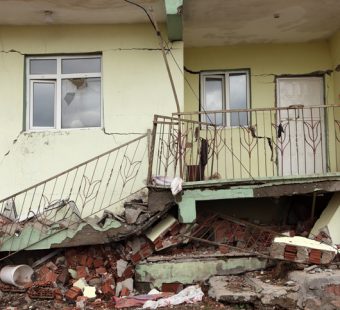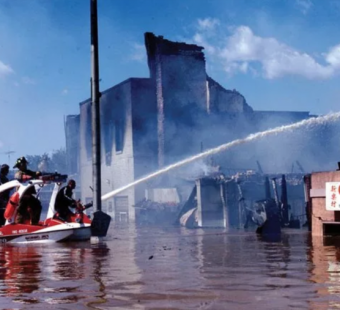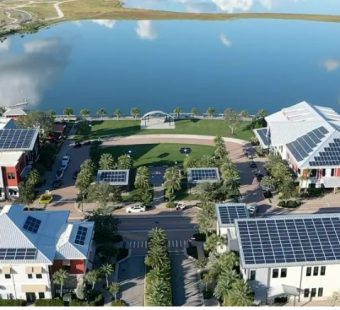
Data Amount & Quality Key to Understanding Climate Risk, Pricing Coverage, Driving Resilience
Jeff Dunsavage, Senior Research Analyst, Triple-I (10/25/2021)
I had the pleasure last week of moderating a panel on climate risk at the Society of Insurance Research (SIR) 2021 annual conference. The panelists – Daniel Kaniewski of Marsh, Alex Kubicek of Understory, and Katie Sabo of Aon – provided insights into the role research plays in helping insurers, businesses, and communities mitigate the risks associated with climate and extreme weather.
The amount, quality, and standardization of data was a recurrent theme in our discussion, notably when Kaniewski – a former FEMA official – pointed out that prevalent estimates of the percentage of homes with flood insurance (in the range of 15 percent) are likely too high and the real “take-up rates” are probably in the single digits.
Why this disparity? It reflects a reliance on consumer surveys.
“Most homeowners don’t know that flood insurance is not included in their homeowners policy,” Kaniewski said. “So, if you say, `Do you have flood insurance?’ a lot of people say, ‘Yes’, and they’re actually wrong.”
This discrepancy is important, because 90 percent of natural disasters in the United States involve flooding.
A statistic policymakers should be paying attention to is this one: For every dollar spent on disaster mitigation, 6 dollars are saved when disaster strikes. Kaniewski cited a project by the National Institute of Building Sciences (NIBS) called Mitigation Saves for that data point.
He pointed to an even stronger stat with respect to building codes: improvements return 11 dollars to every one spent. This, too, came from NIBS research.
Katie Sabo of Aon acknowledged that there is no lack of data available to inform planning around climate-related risk and resilience.
“One of the biggest struggles is for the average person to understand what all that information means for them,” Sabo said. “Without being able to understand, there’s a tendency to get stuck and not do anything.”
Referencing her work with state and local governments, she compared policymaking on climate issues to that of public pension reform.
“For many, it was easier to kick the can down the road because ostensibly it could be solved for later,” she said. “It was an easy trade to fund something else today because it was tangible and widely understood – versus doing something that was not well understood and might require some difficult decisions.”
One of the key takeaways for Sabo is that “large-scale action or buy-in will really boil down to more people being able to answer a simple question: How does it impact me? And then the next question is: What is the incentive for me to change?”
Alex Kubicek, founder of Understory, came to insurance by way of weather and climate research.
“As part of my research, I was looking into something called ‘cloud microphysics’ to better understand how we can better look at severe storm tracking and provide more lead time for tornado warnings, severe thunderstorm warnings, and so forth,” he said. “There was a huge data gap in terms of what’s happening on the ground.”
Understory tries to close that gap using “hyper-local risk engines” that measure weather conditions on the ground at 125,000 times per second: wind, rain, hail, barometric pressure, humidity, and other factors. The company has deployed this technology on three continents over five years, providing a rich data set around severe weather.
“We’ve now applied that data to climate risk algorithms,” Kubicek said, “but before that we developed what we call our ‘world-class ice lab’ where we create hailstones and shoot them at cars, different makes and models.”
Understory began writing hail insurance for auto dealerships, which were having difficulty getting such coverage at an affordable price. With some traditional insurers retreating from that market, Understory seized the opportunity to begin writing coverage using a parametric model with very specific payment triggers.
Unlike traditional indemnity insurance, parametric structures cover risks without the complications of sending adjusters to assess damage after an event. Instead of paying for damage that has occurred, it pays out if certain agreed-upon conditions are met. If coverage is triggered, a payment is made, regardless of damage.
Speed of payment is a big benefit of parametric insurance, particularly in disaster situations. Kubicek and Sabo agreed that this mechanism should be viewed as complementary to traditional insurance, not a replacement.



